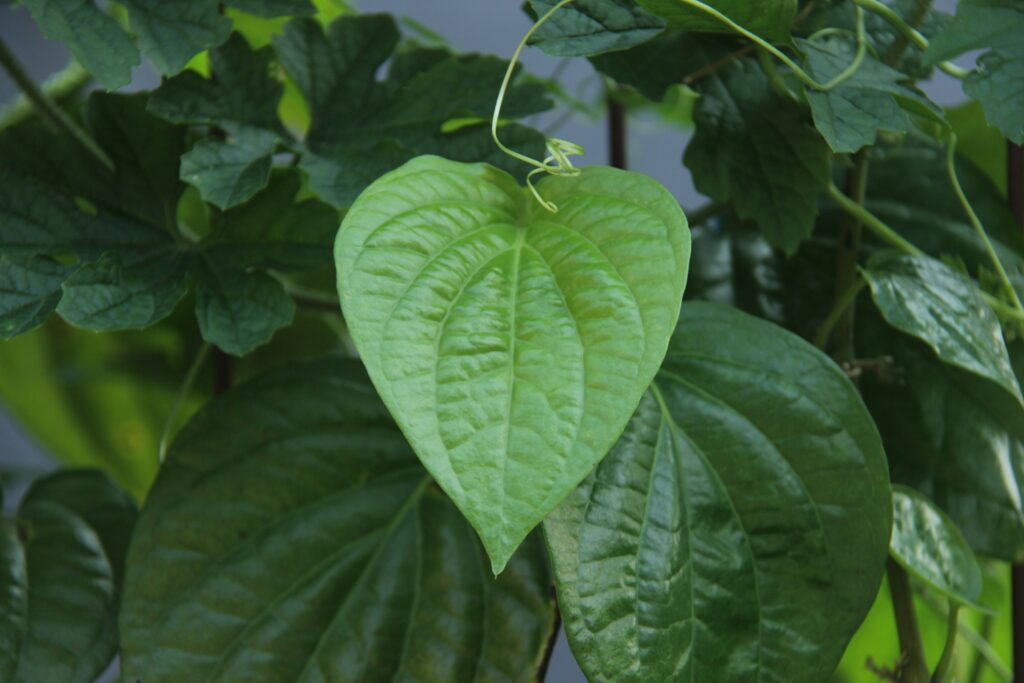Daun sirih — the heart-shaped leaf that carries centuries of tradition, healing, and cultural meaning. Whether chewed, boiled, or used topically, betel leaf has powerful antiseptic and aromatic properties. And if you’ve got a vine growing at home, harvesting it right ensures continuous supply and strong regrowth.
When is Betel Leaf Ready for Harvest?
- Wait until the vine has matured with 10–15 healthy leaves
- Leaves should be vibrant green, slightly glossy, and unblemished
- Young, soft leaves can be harvested for medicinal teas or skin use
How to Harvest Daun Sirih Properly
- Use clean scissors or pruning snips
- Snip mature leaves at the base of the leaf stem, not the main vine
- Avoid removing more than 30% of total leaves at a time
- Harvest in the morning when oils and aroma are strongest
Bonus Tip: Always harvest older leaves from the bottom to encourage fresh new growth from the top
How Often Can You Harvest?
- Light picking: Every 5–7 days
- Full restock: Every 2–3 weeks, depending on vine maturity
The vine grows fast in humid Malaysia weather, especially when mulched and watered regularly
How to Store Fresh Betel Leaves
- Wrap in damp kitchen towel, place in ziplock, and store in fridge (lasts up to 7 days)
- Or refrigerate in a jar of water like cut flowers
- For longer-term use: sun-dry or dehydrate and store in airtight jar
Traditional Malaysian Uses of Betel Leaf
- Chewing with sireh, kapur & pinang (traditional offering or stimulant)
- Boiled tea for sore throats, cold, and digestion
- Skin poultice for wounds, rashes, or inflammation
- Feminine hygiene (used in traditional post-natal care)
How to Propagate from One Vine
- Cut a 4–6 inch stem with at least 3 leaf nodes
- Place the stem in water or directly in moist soil
- Keep in shaded, humid area — roots form within 2–3 weeks
Great for gifting or expanding your garden!
Got daun sirih growing at home? Share your garden remedies and rituals with us — tag @ProjectHarvestMY and keep the tradition alive 🌿

